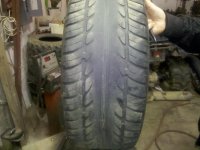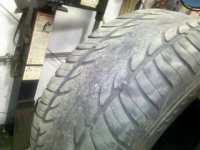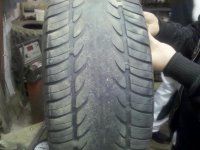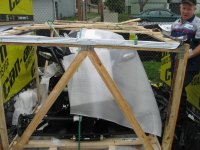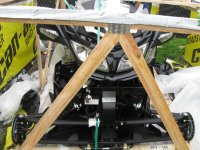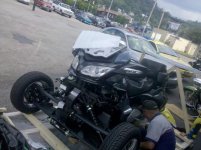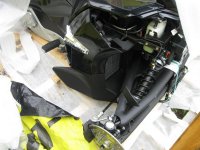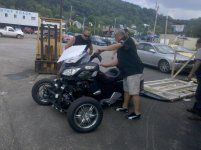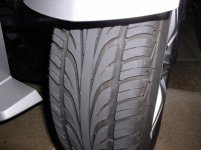I'm just not sure that many will agree with my assessment of the "dynamic" alignment issue of the Spyders, especially the RTs. I have 21K on my Kendas up front, and at last measurement they were less than half worn...and measured even across the tread. I should get about another 15K out of them. It is not only minor differences in the factory alignment that causes the variance, but the rider/cargo load, type of riding, road surfaces and conditions, and ambient weather that factor in. I think rider/passenger weight is the biggest variable, but that is a personal opinion, since I have not measured the changes as the Spyder is loaded. The load may affect camber as well. In one sense, these changes would be "normal", since they would be inherent in the design and common to all the Spyders of that model series. That's not an excuse...just an explanation. Automobiles have similar compromises is front-end geometry, but they are far less subject to the effects of loading, due to their more substantial initial weight.
The differences in front (and rear) tire wear are very real, and are substantial. It is a lot of variance. Because even the worst wearing tires are getting more mileage than any motorcycle I have ever owned, it is not a hot button issue for me, but I understand the confusion and concern. BRP considers it "normal" and acceptable, however, so we will probably not see much change in this area. To some extent their hands are tied. It is hard to engineer around the differences between a 150 lb rider, a 300 lb rider, and 450 pounds of rider/passenger/cargo when you are staring out with a 700-950 pound vehicle, as opposed to a 3,000 pound car. It may be something that each rider has to learn to live with...with each Spyder having its own unique norm.

